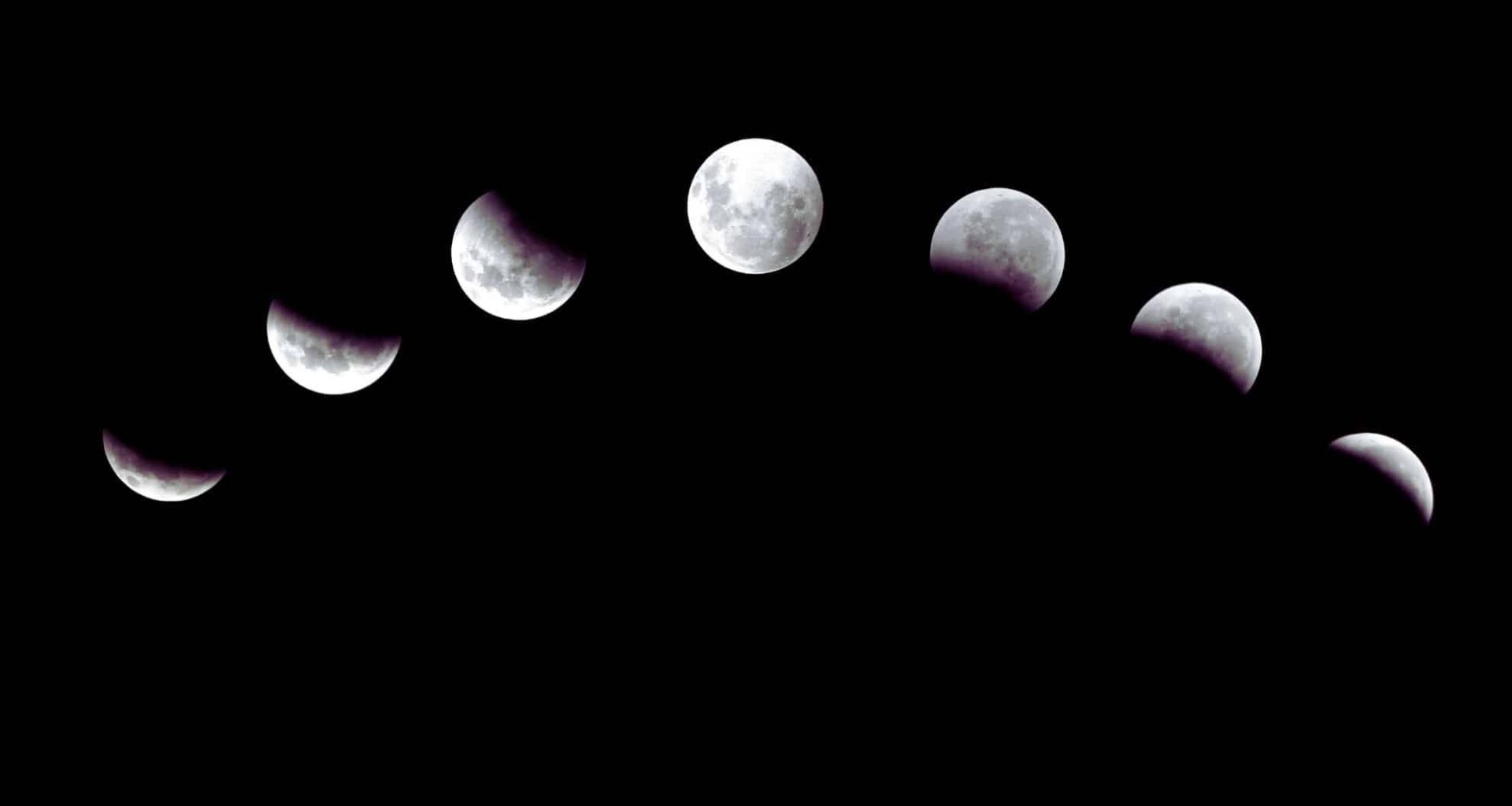As the Moon completes its cycles every month, its various phases present a rich tapestry for skywatchers and astronomy enthusiasts. From craters to lunar seas and unique visual phenomena created by sunlight interacting with the Moon’s surface, the lunar journey is a mesmerizing sight that draws attention each month. According to Space.com, this August offers an exceptional opportunity to explore the Moon during its four major phases. The site provides a detailed guide on what to look for, making it a must-read for both amateur astronomers and stargazers. This article breaks down each phase, offering insights into the celestial wonders awaiting viewers throughout the month.
First Quarter Moon: A Great Opportunity for Lunar Exploration (August 1)
The First Quarter Moon is a striking sight for observers as the line known as the terminator splits the Moon’s surface into two distinct halves. This event, occurring around August 1, marks the first stage of the waxing cycle. During this phase, the right half of the Moon is fully illuminated, while the left side remains in shadow. The terminator, which is the line separating day from night on the lunar surface, becomes the focal point for lunar observation. For those seeking a particular lunar landmark, the Sea of Tranquility is visible, an area famous for being the site of the Apollo 11 landing.
Astronomers looking to get a closer view of the Apollo 11 landing site will find the Tranquility Base in the southwestern region of Mare Tranquilitatis. Using a 6-inch telescope, the precise location of the base can be pinpointed just below the Ritter and Sabine craters. The evenings leading up to the First Quarter provide an excellent opportunity to spot this historic site, with the terrain around it offering sharp contrasts due to the interplay of light and shadow across the surface.
Full Moon: The Sturgeon Moon and its Magnificent Features (August 9)
By August 9, the Full Moon, known as the Sturgeon Moon, will be visible in all its glory. This phase is a time when the terminator has swept across the entire lunar surface, revealing a fully illuminated Moon. The Sturgeon Moon was named after the fish that are typically most abundant during this time of the year. This full moon is a prime moment to explore some of the most well-known features of the Moon’s surface.
One of the most striking features visible during this phase is the Tycho Crater. This 53-mile-wide crater is easily identifiable due to its dramatic ray system—bright streaks of reflective material scattered across the surface from the impact that created the crater. Tycho is relatively young, having formed only 108 million years ago, which makes its rays one of the most prominent features on the Moon’s surface. The Full Moon also allows for clear views of several of the Moon’s vast lunar seas like Mare Crisium, Mare Tranquilitatis, and Mare Serenitatis. These dark basaltic plains were formed from ancient lava flows and offer a mesmerizing contrast to the otherwise rocky terrain.
In addition to the seas, the Oceanus Procellarum, also known as the Ocean of Storms, is visible as a dark, expansive region that covers a large portion of the Moon’s surface. The interplay between light and dark across these ancient plains is a prime focus for astronomers during the full moon phase, making it a special time to appreciate the Moon’s geological history.
Third Quarter Moon: A Time for Contrasts and Crater Observation (August 16)
The Third Quarter Moon on August 16 is a phase marked by dramatic contrasts, where the left side of the Moon is illuminated and the right half is in shadow. This presents an exciting time for astronomers to explore the terminator, the region where light and shadow create sharp boundaries on the lunar surface, revealing intricate geological features. The Third Quarter is also a good time to observe the famous Plato and Archimedes craters, both located near the terminator.
The Plato Crater, a 62-mile-wide impact site, is visible shortly after moonrise. This crater, with its smooth floor and sharp rim, offers a striking visual contrast against the surrounding terrain. Just south of Plato lies Archimedes, another massive impact crater named after the famous ancient Greek mathematician. Both craters appear particularly stunning during the Third Quarter, as the shadow play enhances their visibility.
As the phase progresses, the Copernicus Crater becomes more prominent. Located in the Oceanus Procellarum, Copernicus is one of the most well-preserved impact craters on the Moon. Its central peak and bright rays of ejecta make it an excellent target for telescopic observation. Another notable feature during the Third Quarter is the Kepler Crater, situated near the Mare Imbrium. This crater, surrounded by reflective material, offers a remarkable display of the Moon’s dynamic geological processes.
New Moon: Embrace the Darkness and Explore the Milky Way (August 23)
The New Moon phase, occurring around August 23, marks a period of lunar invisibility. During this time, the Moon is positioned between Earth and the Sun, making it impossible to observe from Earth as its illuminated side faces away from us. While the Moon may be absent from the night sky, this is the perfect opportunity to focus on other celestial phenomena.
With the New Moon obscuring the Moon’s reflection, the night sky becomes a canvas for other deep-sky wonders. Stargazers can take advantage of this time to observe the Milky Way as it stretches across the sky. In areas with little light pollution, the core of our galaxy is visible, and its ethereal glow provides a dramatic contrast to the darkened sky. Another phenomenon that can be observed during the New Moon phase is Earthshine. This soft glow on the dark side of the Moon occurs when sunlight reflects off the Earth’s surface, lighting up the shadowed portion of the Moon. Known as the Da Vinci Glow, this phenomenon offers a rare, gentle illumination that adds an almost mystical quality to the New Moon’s otherwise invisible lunar presence.
